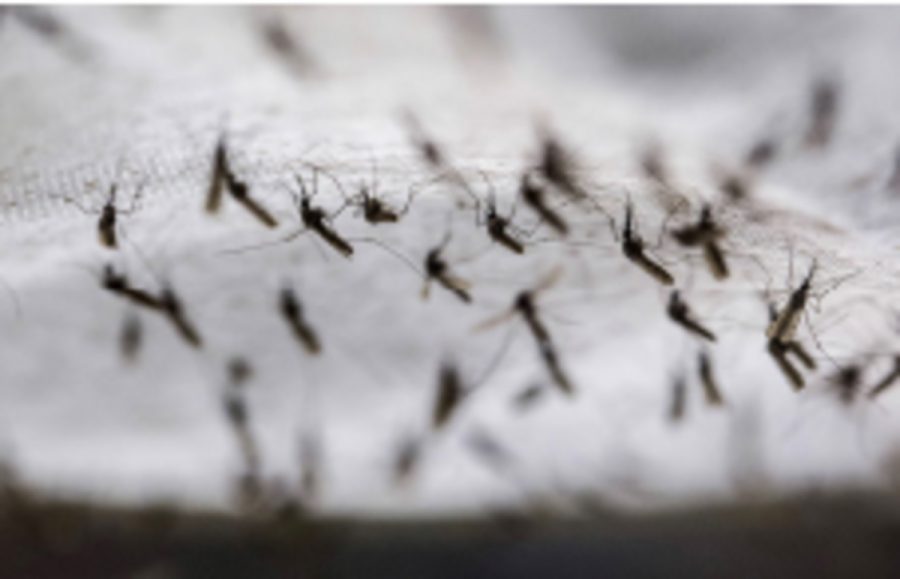Mosquito spread Zika virus reaches US
Common symptoms of the Zika virus are fever, rash, joint pain, muscle pain, and headache. It usually remains in the blood for a few days. Deaths are uncommon, however, pregnant women with the virus could have a birth defect.
A relatively new mosquito virus has become a worldwide problem due to its effect on neurological birth. The Zika virus is transmitted by the Aedes aegypti mosquito and has spread to over 23 countries.
Senior Jory Gould said, “This virus is very new to me and I hope that a cure can be developed as soon as possible to avoid any cases spreading.”
Pregnant women are the most at risk due to the effects the virus has on child development and growth and can birth disorders.
The neurological birth disorder cause by the virus results in babies being born with abnormally small heads. This can lead to severe developmental issues and even death.
Junior Anais Cabello said, “I never knew that a mosquito virus could cause a birth disorder, it is really surprising to me and I hope that it fades soon.”
Brazil has seen the most cases so far with around 4,000 cases. The focus of the virus has mostly been focused in Latin America and has only just arrived in the United States from travelers returning from contaminated areas.
Cabello said, “People in Florida especially are most at risk because it is always warm there, people up north are less at risk because of the cold temperatures.”
Warm areas in the U.S. could be more at risk due to its inability to kill off the mosquitoes. There is currently no treatment or vaccine available, and the only protection against the virus is to avoid areas with an active infestation.
The cooler climate is a benefit because mosquitoes are attracted to warmer climates. Americans also live more spread around and are not clustered.
The next step in the virus threat is to develop a vaccine which the National Institute of Health is currently working on.
Your donation will support the student journalists of Sycamore High School. Your contribution will allow us to purchase equipment and cover our annual website hosting costs.



